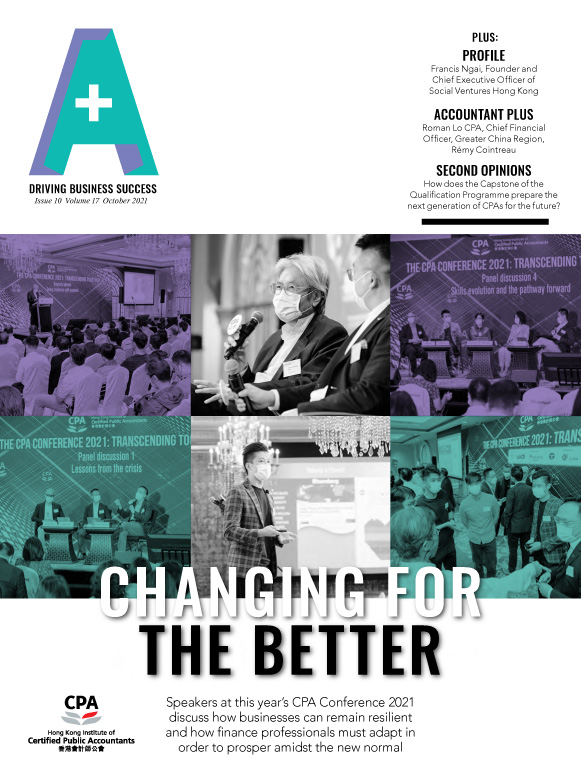Accounting firms and other organizations operate in a world of regulations, governance, and compliance. However, staying compliant, relevant, and up to date in a paper-based office is becoming exponentially harder. There are now several adoptable solutions for organizations looking to increase the amount of data they work with, in a manner that skips or replaces as much paper as possible. Incoming documents can be scanned in or digitized using an optical character recognition tool. Anything coming off a printer should be digitally native from the start and sent via email or an other application rather than being printed in the first place.
Why is going paperless so important?
Aside from the benefits to the environment and the increases in efficiency, there are several other potential benefits to going paperless:
- Converting paper files to digital will create a much more tailored experience to the end-user, for example, allowing for custom email notifications or reminders or cloud services bringing outside data into current workflows.
- Have you ever had an emergency and had to rush back to the office? Needed to be at home but still wanted access to work files? Storing all your data in the cloud completely does away with those situations, making it all accessible by any device with Internet access and the right levels of security.
- Having to manually keep track of paper files, store them, organize them, copy them, and disseminate them when needed is time-consuming. Going paperless can make processes significantly more organized. Disorganization can be a major disadvantage when compared to a competitor that has adopted digitization in terms of responsiveness.
- Digitizing your paperwork will have a substantial impact on collaboration. The digitization of all paperwork means the entire team (or organization depending on permission levels) has all the necessary access to any data they might need, at any time. By their very nature, paper-based processes are inefficient and do nothing to advance an organization’s goal in today’s market.
How to go paperless
If an organization has been operating with paper-based processes for a while, it may seem like an intimidating task to even start, but it can be achieved through effective communication across all levels and ensuring that digital files are stored carefully. Organizations can start by taking the following steps:
- Gather all stakeholders together to discuss the process. It’s vital this isn’t just C-level executives and management dictating how things will be from now on, but all future users. C-level managers will often operate under the assumption an organization is run one way, only to find midway through a digital transformation that their staff have been quietly doing something completely different for years. To assure the success of the project, everyone needs to have input as to what’s happening, mapping out exactly how the organization runs so that those processes can be accurately and effectively digitized.
- Try and not reinvent the wheel. The temptation when adopting new technology will be to completely revolutionize your processes, changing everything in the name of efficiency. However, the risk that poses is that you will leave your staff – the people who will be using the new process on a day-to-day basis – behind. To ensure success, it’s much easier to map out your existing paper-based processes and convert them into digital workflows. Changes and improvements can be made from there once everyone has got used to the new way of working, but the goal should be for continuous improvement: small changes over time rather than massive changes all at once.
- Map out exactly where all your data is currently stored. Is it all in one central location? Is it scattered over multiple offices? Have some people already started to go electronic, with important data stored locally on their work machines? All that data needs mapping to create a comprehensive plan to migrate it all into a system that everyone can easily access and update, based on their access levels.
- The actual digitization of all files. There are normally two choices here. It can all be done internally, with staff scanning in all your documents, or it can be outsourced to a third-party company. There are pros and cons to both. Going the internal route may be less expensive but this can cause a lot of disruption as people are pulled away from their regular roles, potentially for several weeks. Outsourcing will likely cause less disruption but will have a higher upfront cost, and there are security issues that will need to be resolved in advance. Ultimately, an organization will need to decide which solution works best for them.
- Decide who will be able to access what data and from where. Once the digitization process is mapped and underway, individual users can be set up with a login based on their security credentials that will take them to a tailored dashboard with access to all the workflows they need.















